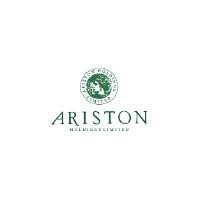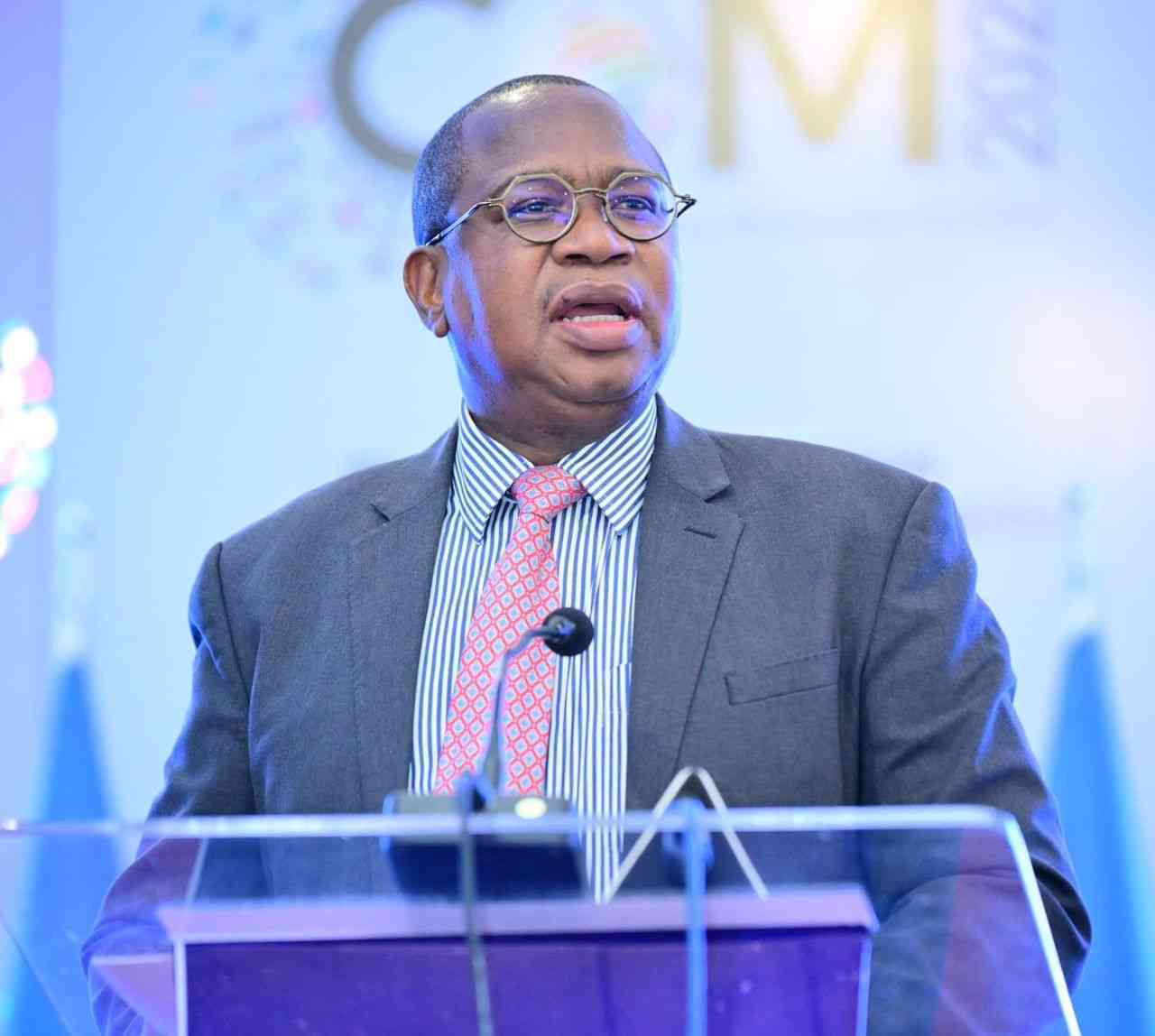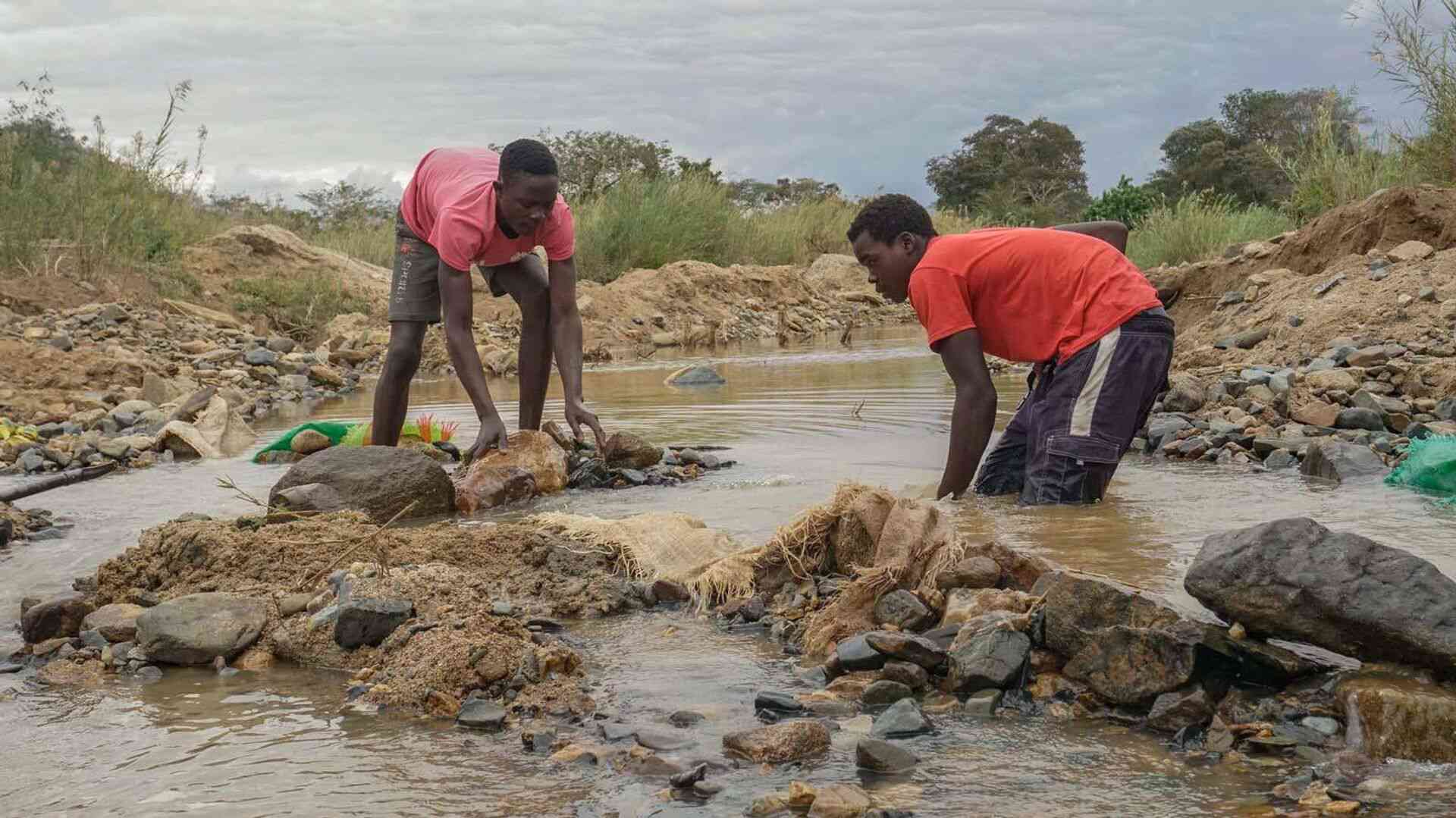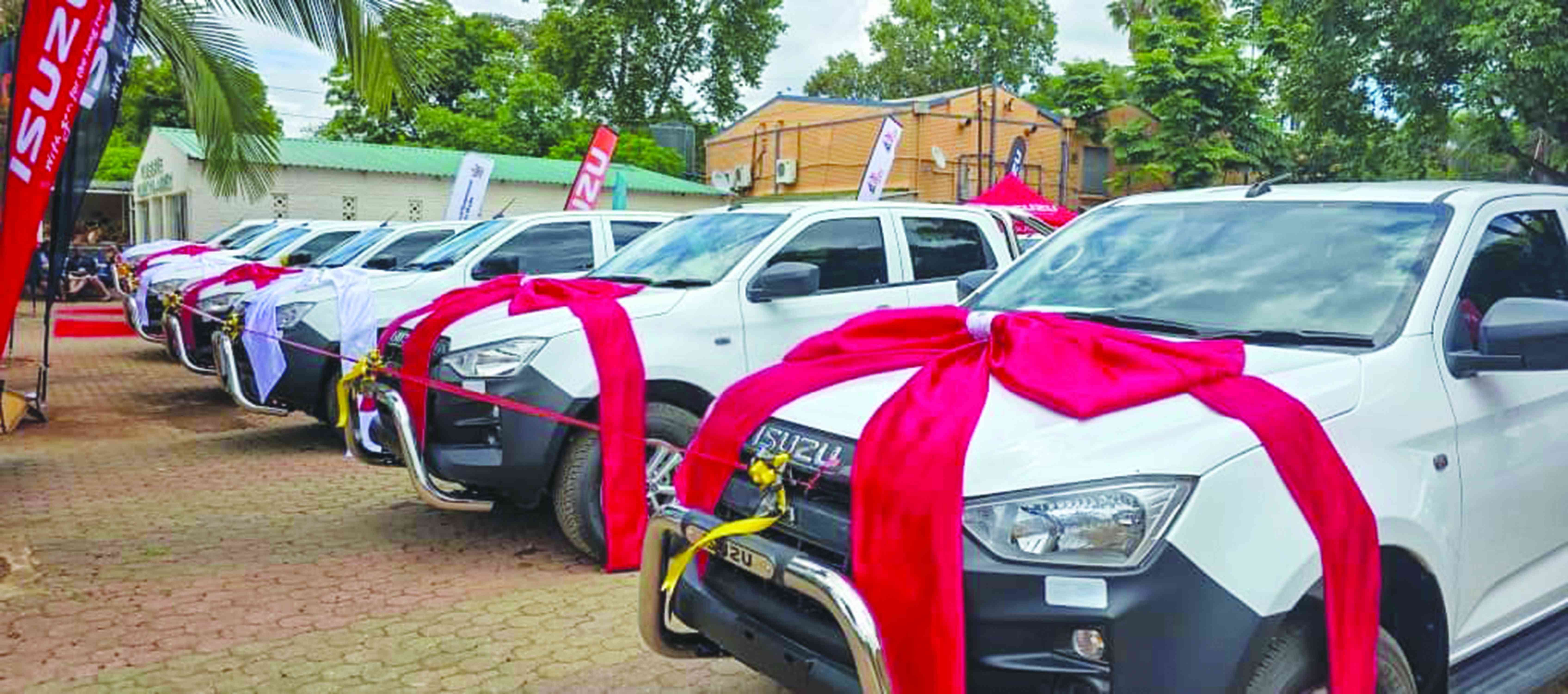
ARISTON Holdings Limited is facing a state of technical insolvency, with severe operational and financial strain despite maintaining legal solvency and not being placed under administration.
The company’s working capital position is negative, and its asset base largely consists of specialised agricultural assets that are illiquid and difficult to monetise in the short term.
For the financial year 2024 (FY2024), Ariston posted cost of sales of US$8 million against revenue of only US$7 million, with the trend continuing into half-year 2025 (HY2025), where cost of sales stood at US$2,4 million, again outpacing revenue of US$1,99 million. This sustained negative gross margin, now persistent for three consecutive years, underscores fundamental issues with cost structure and revenue generation. As of March 31, 2025, current liabilities at US$10 million exceeded current assets of US$8,8 million, while cash and cash equivalents stood at just US$1,2 million.
The company’s net operating cash flow was negative US$0,4 million for HY2025, raising significant concern over its ability to meet short-term obligations, including US$2,8 million in short-term debt and US$7 million in trade payables.
With internal cash flow generation insufficient to support operations, Ariston is increasingly dependent on external debt financing. As of the reporting period, it carried US$11 million in debt, comprising US$4,3 million from a bank at 13% interest, and US$6,7 million from a related party at 6%. This elevated debt burden, combined with unsustainable operating losses and deteriorating margins, places the company in a financially distressed position.
On the other hand, Tanganda Tea Company is exhibiting a different, yet related, pattern of financial behaviour. Although the company remains profitable on paper, it is experiencing declining export revenues and an increasing reliance on debt to support its operations. Between 2023 and 2025, the average export tea price per kilogram fell from US$1,44 to US$1,29, representing a 4% cumulative decline. In 2024 alone, prices dropped 7%, followed by a further 4% decline in the first half of 2025 (H1 2025). The company’s ability to maintain profitability amid falling prices has been aided by cost management, but its cash flow tells a different story.
For FY2024, Tanganda Tea reported US$26 million in revenue and US$1,4 million in net profit, yet operating cash flow was negative US$2,4 million. Simultaneously, the company repaid US$4 million in debt and drew down US$7 million in new borrowings, mirroring FY2023 patterns. The underlying issue is cash flow insufficiency to fund both capital expenditure and working capital, prompting repeated debt issuance.
A closer look reveals a pattern of export-based lending, where banks continue to extend credit to exporters who route foreign currency through them. In Tanganda Tea’s case, ZB Bank, which accounts for 44% of its debt, requires US$1 million per month (US$12 million per year) in export flows. Ecobank, representing 54% of debt, requires US$2 million per quarter (US$8 million per year) to be processed through its channels. Combined, Tanganda Tea is expected to channel over US$20 million per year through these two banks, who in turn continue offering loans based on this secured export income stream, rather than underlying corporate profitability and balance sheet strength. From a valuation standpoint, Tanganda Tea trades at a price-to-book ratio of around 0,43, suggesting potential undervaluation. However, this discount likely reflects investor scepticism about long-term earnings quality and sustainability of cash flows. Despite an operating cash flow margin of 13% in H1 2025, the company had only US$72 000 in cash and total debt had gone up from US$2,5 million in 2023 to over US$6 million in 2025, pointing to aggressive leveraging to compensate for funding gaps.
- High costs hold back Ariston
- High costs hold back Ariston
- ‘Zim has capacity to produce 12 tonnes macadamia nuts per hectare’
- Tanganda defends turf, as Peru swamps markets
Keep Reading
Looking ahead, FY2025 revenue is projected to decline by 30% to around US$17 million, with operating margins of 6% to 8% and return on invested capital between 5% to 7%, which is below the estimated cost of capital. This implies value destruction from an investor perspective, given the poor return profile. With a market capitalisation of US$10 million, the margin of safety appears minimal. Ariston and Tanganda highlight key risks in Zimbabwe’s agri-export sector: technical insolvency, weak cash flows, and dependence on short-term, export-backed debt. While this debt offers temporary relief, it conceals inefficiencies and heightens investor risk if exports or terms deteriorate.
Mupanduki is a financial analyst. — Twitter: @SMRI_Institute, LinkedIn: https://www.linkedin.com/in/sylvester-mupanduki/











